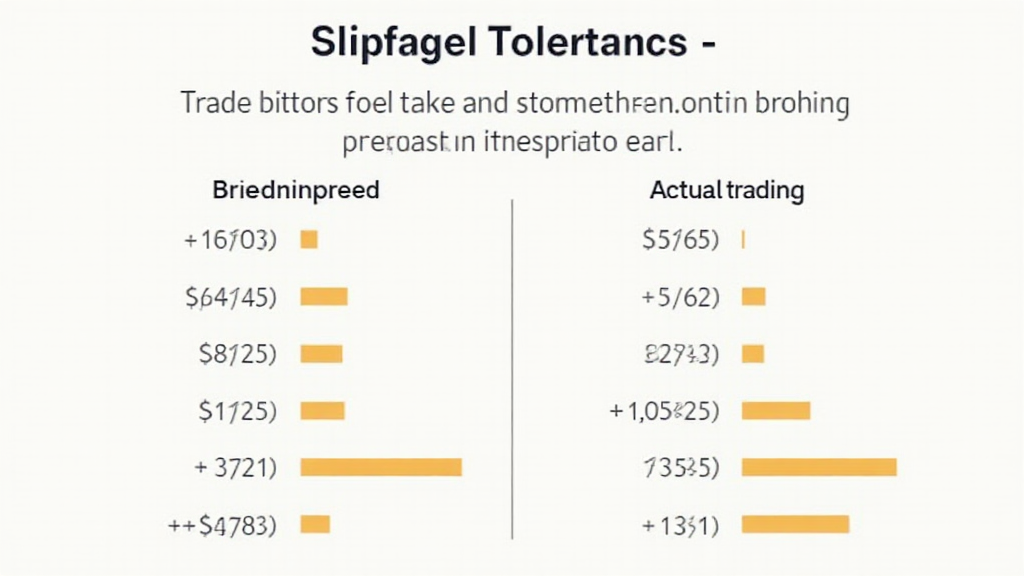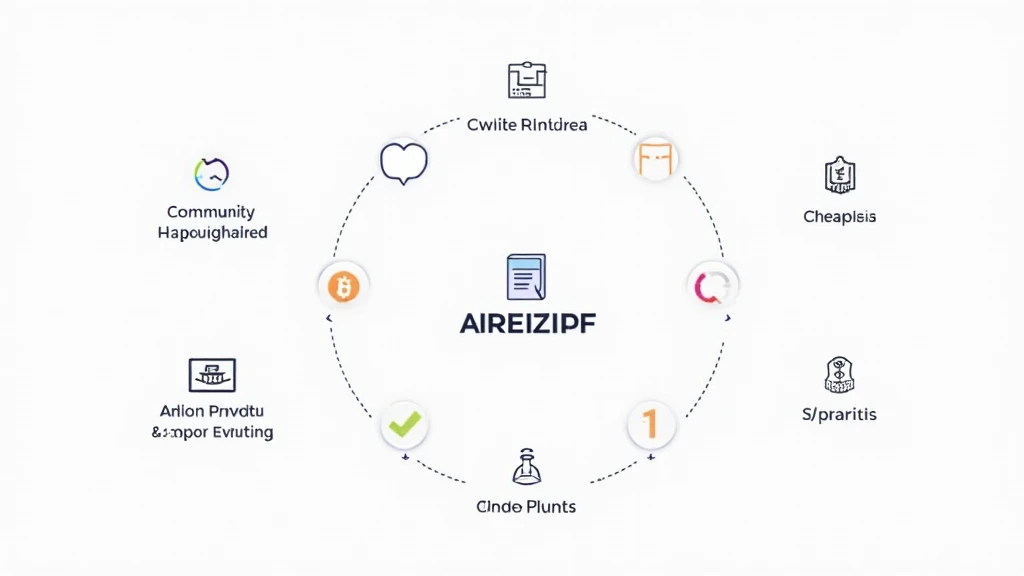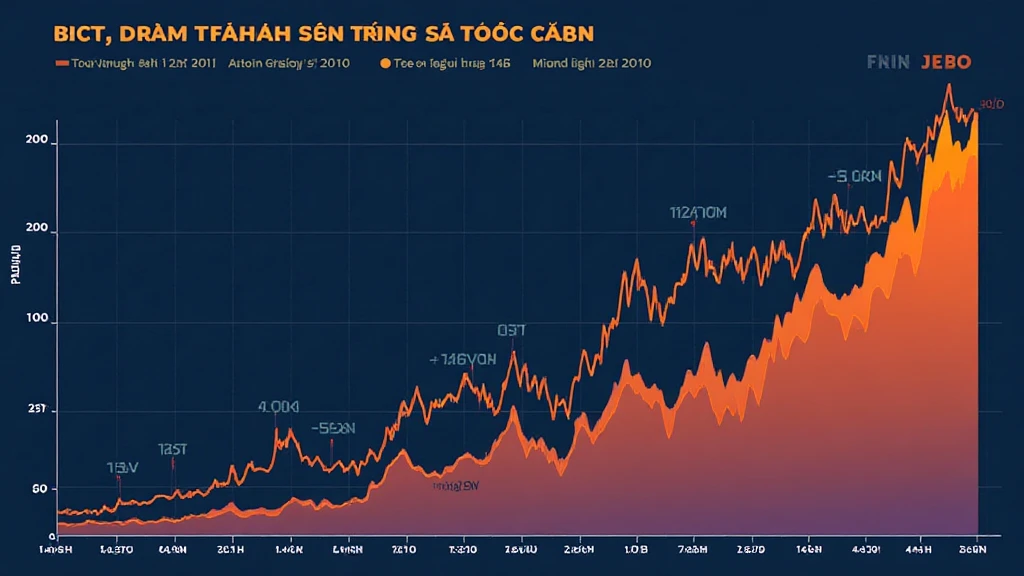Understanding Bitcoin Slippage Tolerance Thresholds
In the world of cryptocurrency, where fluctuations can happen in seconds and markets are notoriously volatile, understanding the nuances of trading strategies is crucial. One of the significant concepts that traders must grasp is Bitcoin slippage tolerance thresholds. With over $4.1 billion reportedly lost to DeFi hacks in 2024, having a well-defined strategy for managing slippage can be the difference between profit and loss.
In this article, we will explore what slippage tolerance means, its importance in trading Bitcoin, and how it can impact your overall profitability. Additionally, we will touch upon the growing interest from the Vietnamese market, where the cryptocurrency user growth rate has surged by over 25% in the past year. Understanding these thresholds isn’t just a technical requirement; it’s a necessity for making informed and profitable trading decisions.
What is Slippage?
Bitcoin slippage refers to the difference between the expected price of a trade and the actual price at which the trade is executed. This typically occurs in situations of high volatility, when large orders are placed or when trading illiquid pairs. For example, if a trader intends to purchase Bitcoin at $30,000, but the purchase price turns out to be $30,500 due to market volatility, that $500 constitutes slippage.

Types of Slippage
- Positive Slippage: This occurs when the executed price is better than the expected price. For instance, if a trader expects to buy Bitcoin at $30,000 but gets it for $29,500, they benefit from positive slippage.
- Negative Slippage: This is the more common scenario, where the executed price is worse than expected. A buyer expecting to buy at $30,000 ends up paying $30,500.
- High Slippage: In highly volatile markets, high slippage can occur due to rapid price movements when a trader executes an order.
Why is Slippage Tolerance Important?
Slippage tolerance is a critical parameter in a trading strategy. Setting an appropriate threshold allows traders to manage the risks associated with unexpected price movements. Here are some reasons why slippage tolerance is important:
- Market Volatility: Crypto markets are known for their volatility. Establishing a slippage tolerance can prevent significant losses during sharp market dips or spikes.
- Order Execution: By setting slippage tolerance thresholds, traders can ensure that their orders execute at acceptable prices, thereby protecting their investments.
- Improved Strategy Planning: A solid understanding of slippage can lead to better trading strategies and enhance overall profitability.
Setting Your Slippage Tolerance Thresholds
To effectively set your slippage tolerance, consider the following factors:
- Market Conditions: Analyze current market trends. In highly volatile periods, you might want to increase your slippage tolerance (for instance, to 2-3%) to ensure your order gets filled.
- Order Type: The type of order you are placing (market order vs limit order) significantly impacts your slippage. Market orders are more prone to slippage compared to limit orders, which can be a tool to mitigate this risk.
- Trading Volume: Higher trading volumes typically lead to lower slippage. If you’re trading a major cryptocurrency like Bitcoin, there might be less slippage compared to less popular altcoins.
How to Calculate Slippage Tolerance
Calculating slippage tolerance is straightforward. Here’s a simple formula:
Slippage Tolerance (%) = (Actual Price - Expected Price) / Expected Price * 100
For example, if your expected price for Bitcoin is $30,000, and the actual price when your order is executed is $30,600, the slippage can be calculated as:
Slippage Tolerance (%) = ($30,600 - $30,000) / $30,000 * 100 = 2%
The Role of Technology and Tools
Traders can utilize various tools to monitor and manage slippage in real-time. Many exchanges provide built-in functionalities for traders to set slippage tolerances when placing orders. Here are some useful tools that can enhance your trading strategies:
- Trading Bots: Automated trading bots can help manage slippage effectively by placing orders at optimal times based on pre-defined parameters.
- Price Alerts: Setting price alerts can help traders stay informed and make adjustments to their slippage tolerance thresholds in real time.
- Slippage Monitoring Tools: Certain tools track historical slippage data, helping traders analyze trends and adjust their strategies accordingly.
Slippage Tolerance in the Vietnamese Crypto Market
The rise of cryptocurrency adoption in Vietnam has led to a growing need for robust trading protocols that include proper slippage management. With more than 70% of Vietnamese internet users expressing interest in cryptocurrencies, understanding slippage tolerance thresholds is essential for local traders to navigate the market confidently.
Moreover, Vietnamese traders are increasingly using decentralized exchanges (DEX), where slippage can vary significantly due to liquidity issues. As the market grows and more users enter the space, setting appropriate slippage tolerances becomes a vital skill.
Conclusion
In conclusion, understanding Bitcoin slippage tolerance thresholds is essential for every crypto trader. Proper management of slippage can protect investments, improve execution rates, and ultimately enhance the profitability of trading strategies. As the Vietnamese market continues to grow, being adept in concepts like slippage tolerance can only bolster the success of traders in navigating this tumultuous yet promising landscape. Proper education and tools can lead to better trading decisions, enabling traders to not only survive but thrive in the fast-paced world of cryptocurrency.
While slippage tolerance is often seen as a minor detail in trading strategies, it can significantly impact overall performance. Whether you’re a novice or an experienced trader, revisiting your slippage settings regularly can be a simple yet effective way to improve your trading outcomes.
Remember, your trading success hinges on meticulous planning and execution. Stay informed, remain alert to the market dynamics, and make slippage management a part of your trading strategy.
For more insights into cryptocurrency trading strategies and definitions, visit mycryptodictionary.





